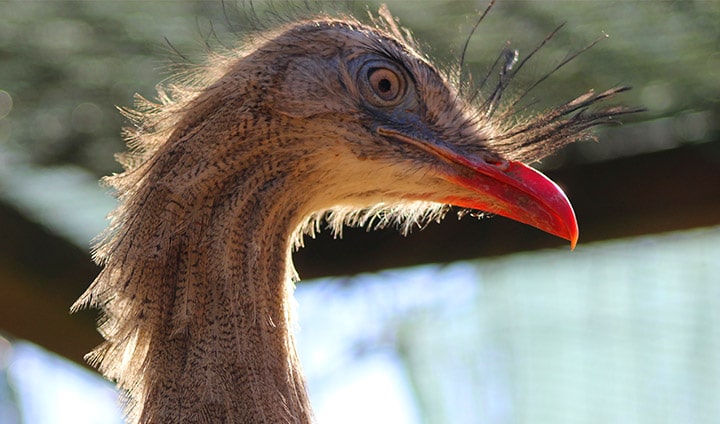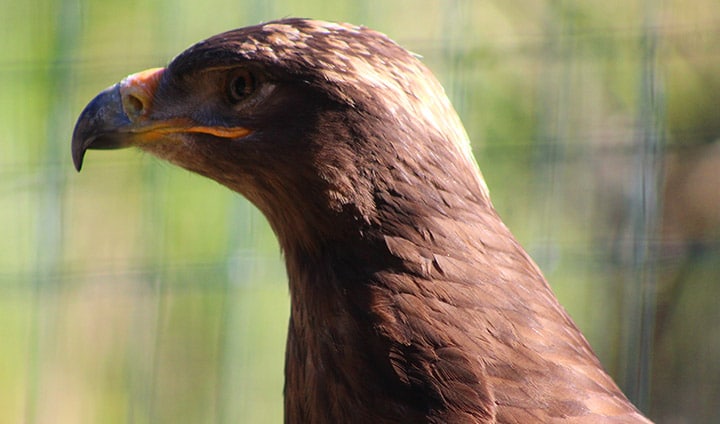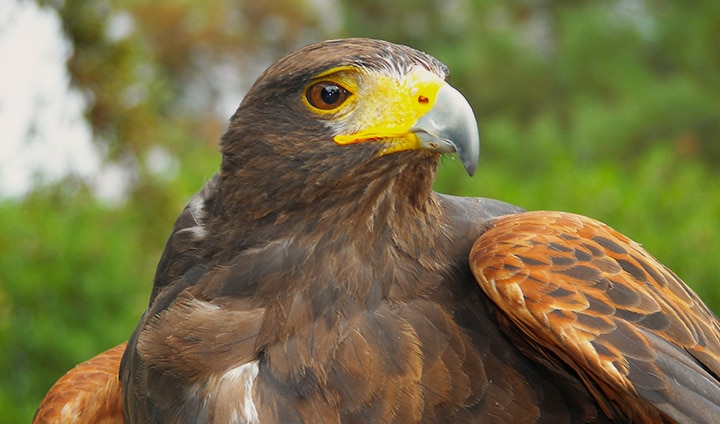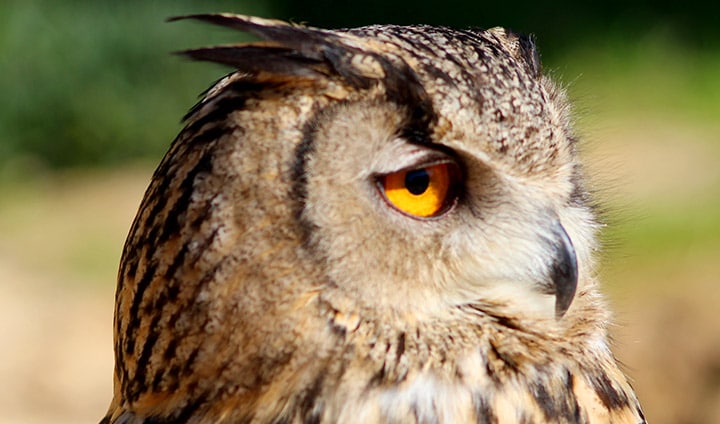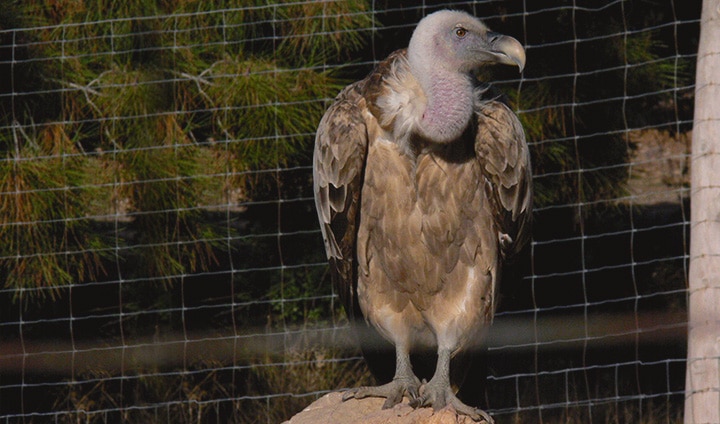Habitat and geographic distribution: Mixed and coniferous forests, agricultural areas, parks and urban areas. Widely distributed in the Palaearctic. Can be found from Portugal to China and even in North Africa.
Diet: Small mammals, small birds, amphibians, reptiles, annelids and insects.
Reproduction: Nests in holes in trees, but can also use abandoned nests. Lay 2-4 eggs that are incubated by the female for 30 days. The male takes care of feeding the young, which leave the nest 32-37 days after hatching.
Behaviour: They are not migratory. They are primarily nocturnal, although they can be active during the day. This species usually pairs for life. This is an extremely territorial species, becoming quite aggressive towards intruders.
Interesting facts: Their flight is characterised by fast wing flapping and for being very agile. They emit a wide variety of vocalisations to communicate between individuals of the same species.
Conservation status: Least Concern (LC), CITES Annex II
Threats: habitat fragmentation, illegal hunting and collisions with cars.
Class: Aves
Order: Strigiformes
Family: Strigidae
Length: 37-43 cm
Wingspan: 81-96 cm
Weight: 350-530 gr (males) and 365-575 g (females)
Average lifespan in the wild: 5 years
Maximum lifespan in the wild: 21 years
Maximum lifespan in captivity: 27 years





